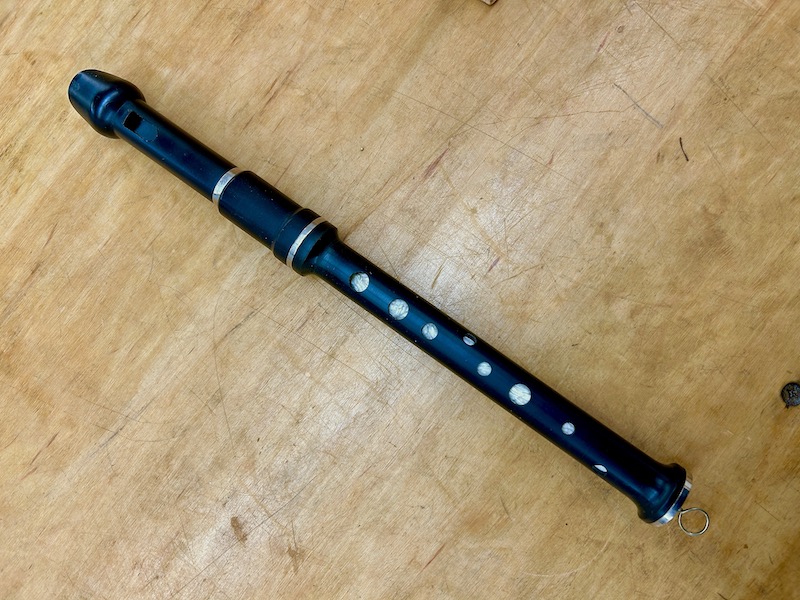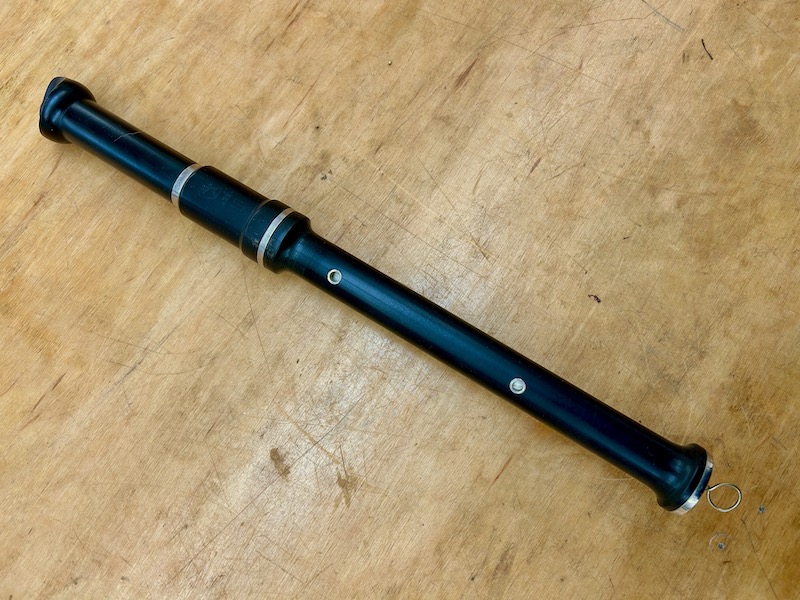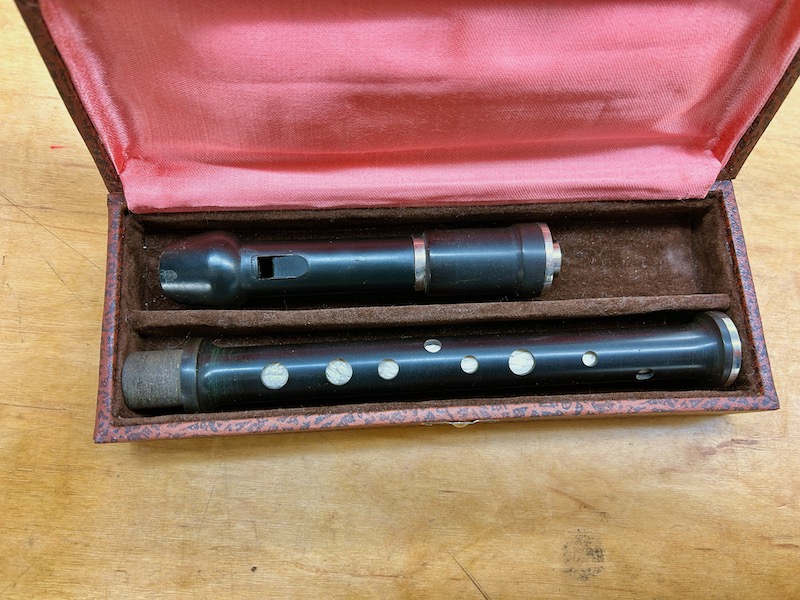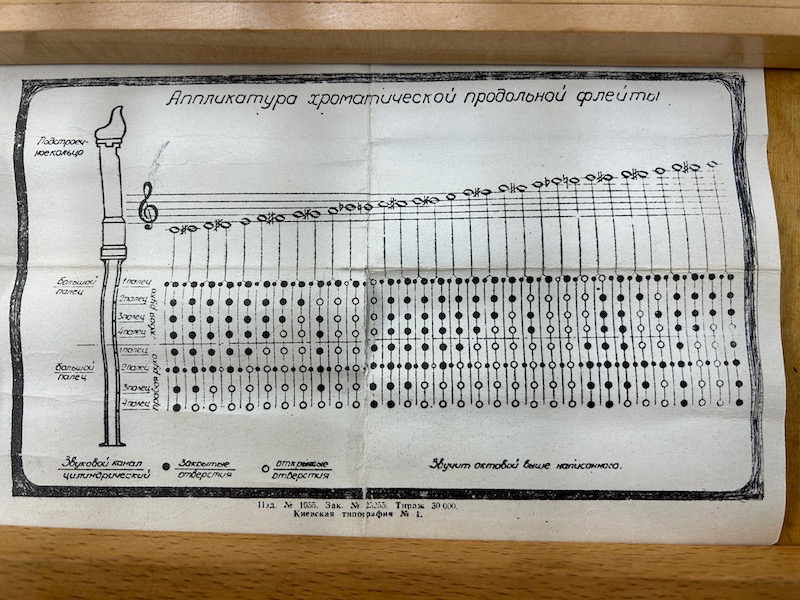This is probably best discussed on the World Flutes forum, but there are lots of widespread fully chromatic flutes out there, most of which date back thousands of years. Some of the others that have a massive user base include the xiao, the kaval, the bansuri, the shakuhachi, etc. All of these have various sub-variants and use different approaches for getting the required range of notes. And it is also worth noting that the western 12 tone chromatic scale is very restrictive compared to the tone systems from other cultures that produced these flutes, which may, for example have quarter tones or other intervals that just don't occur in the western 12 tone system. Take the arabic maqam system, for example, with its 24 divisions of the octave or Indian Raga with 22 divisions of the octave.
When you look into these musical genres you start to appreciate the true power of half holing on a flute like the Bansuri. It gives you many more options than you would possibly get by trying to use a separate hole for each note. Similarly, on the rim blown / end blown flutes, the ability to lip the notes up and down to hit the desired quarter tones is critical.
And when we look more closely at folk music, such as ITM, we see that even there we find micro-tonal differences for the same "note" when used in different contexts. It is far from being all 12 TET. The ability to shape the notes you want to produce is important if you want it to sound really good.
Anyway, it is all too easy to get tied up in a restrictive way of thinking about music, scales, temperaments, etc and then take this restrictive mindset into your instrument design. Great thought and practical/evolutionary develpment went into all these instruments and the music that they are an integral part of. The instruments and the music evolved together. We shouldn't disregard that.




